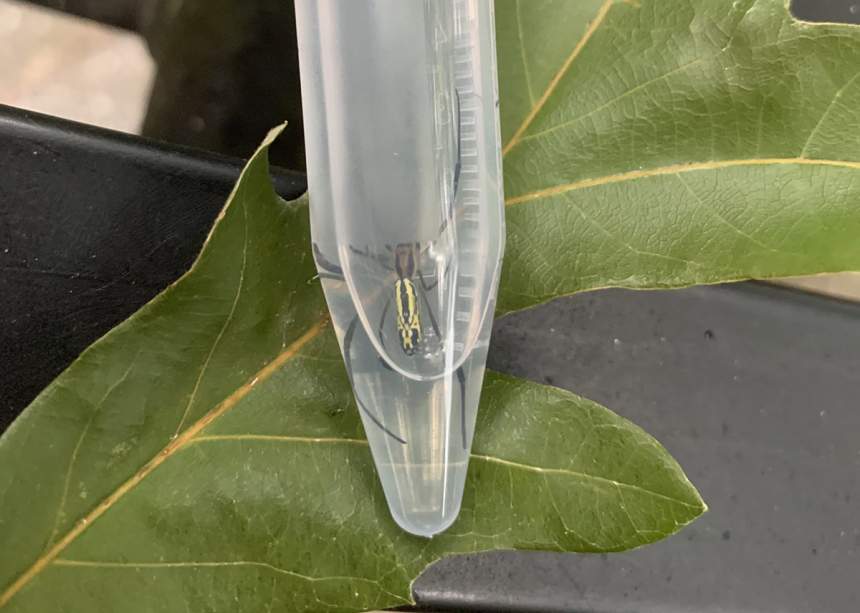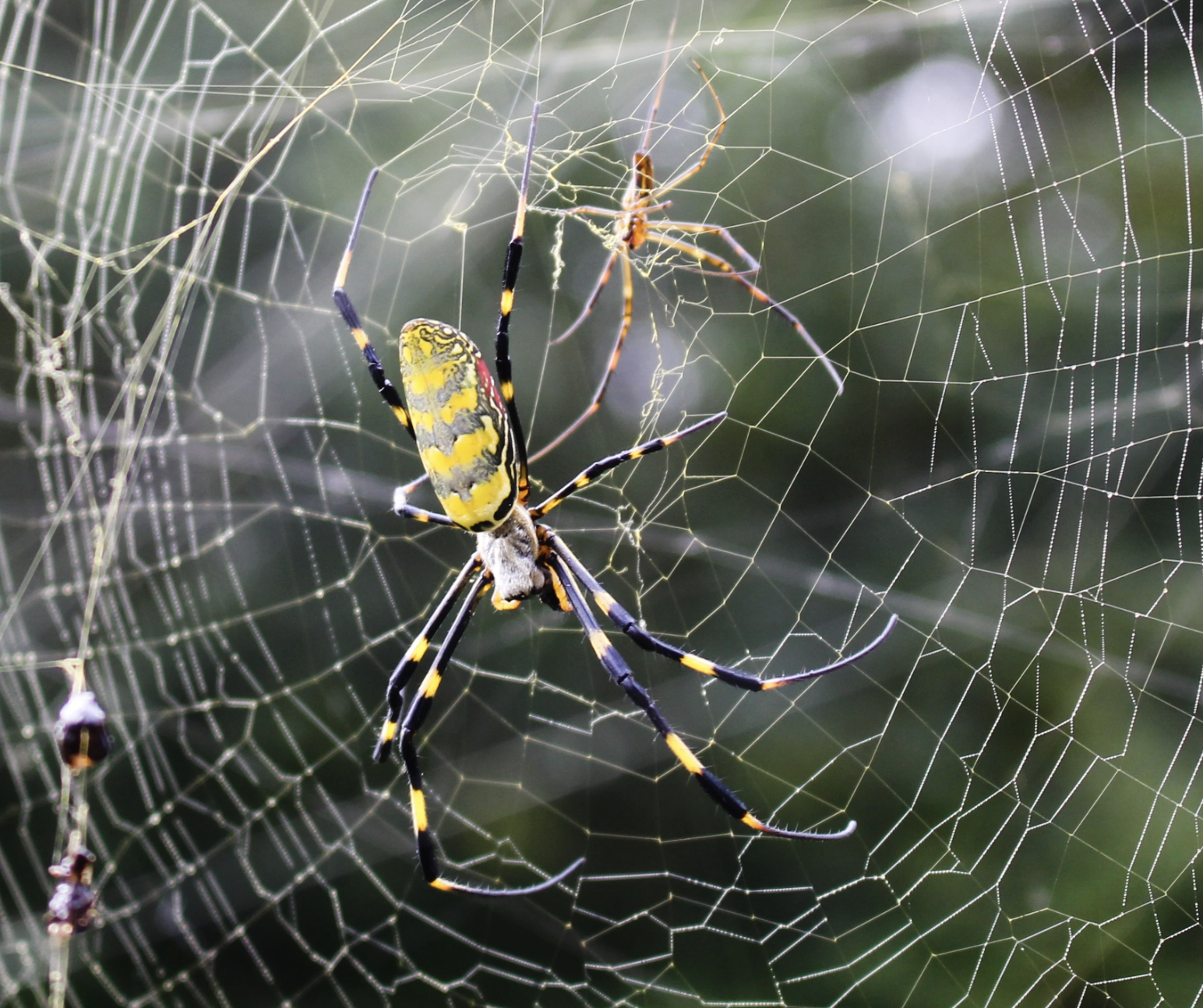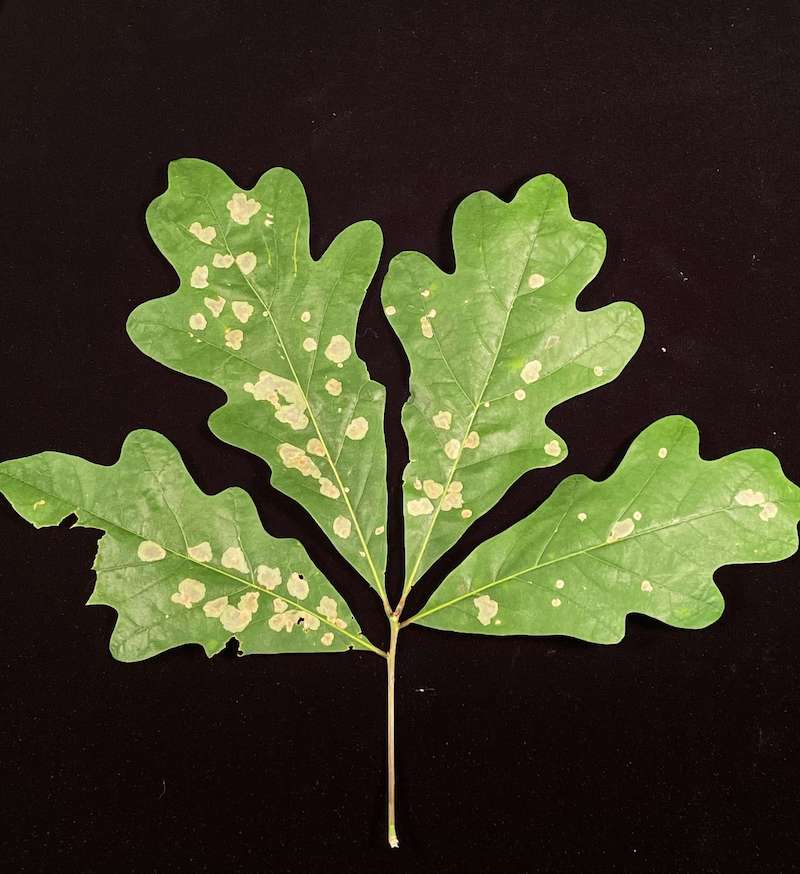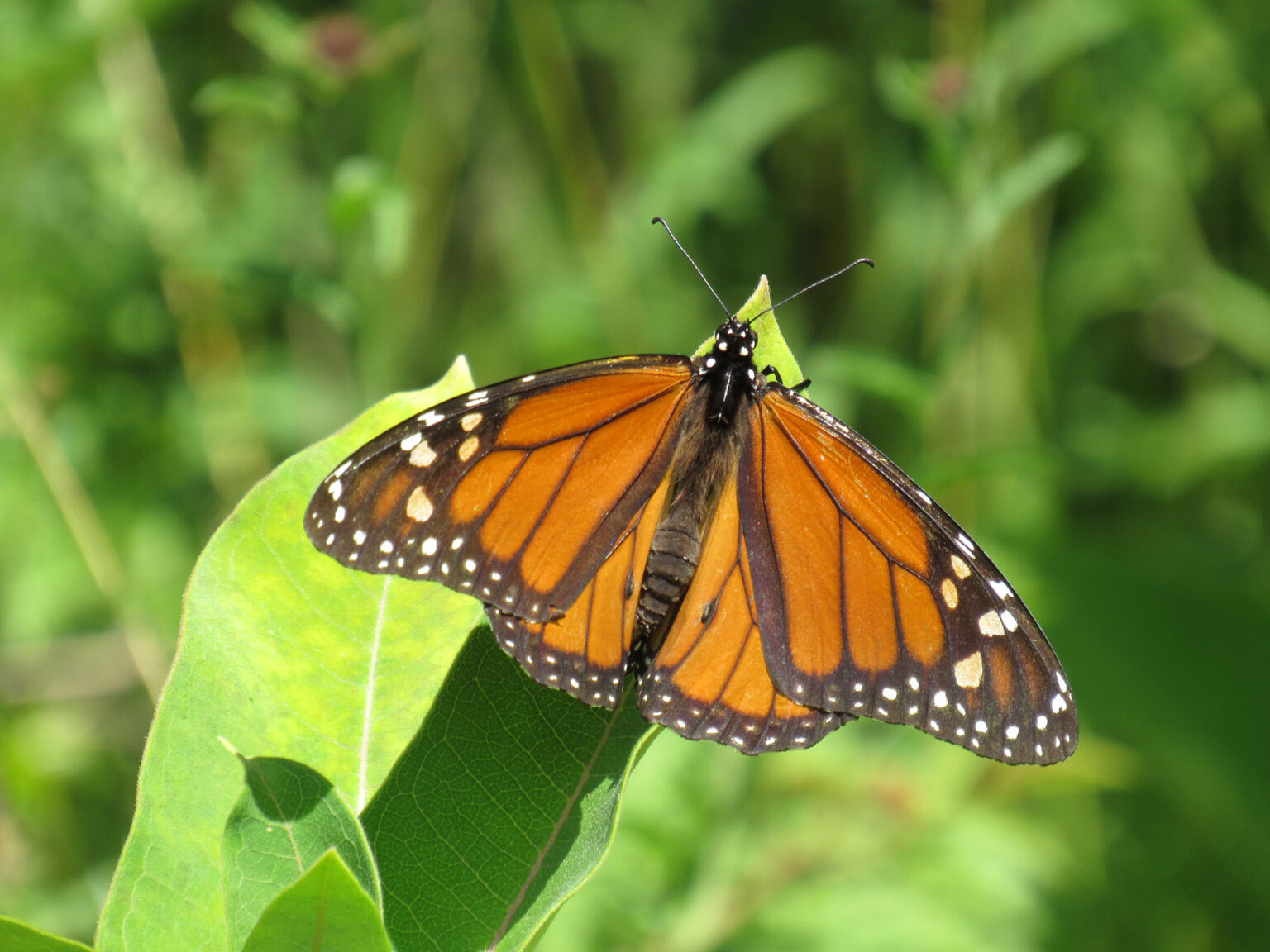 CAES News
CAES News
Joro Research
Priscilla Smith, a rising fourth-year student in the College of Agricultural and Environmental Sciences, peers into a group of holly bushes on the University of Georgia's South Campus. Nestled between the leaves, she spies a young Joro spider clinging to its web. With her hand, she gently guides the spider into a plastic container — web and all.


-(1).jpg)


